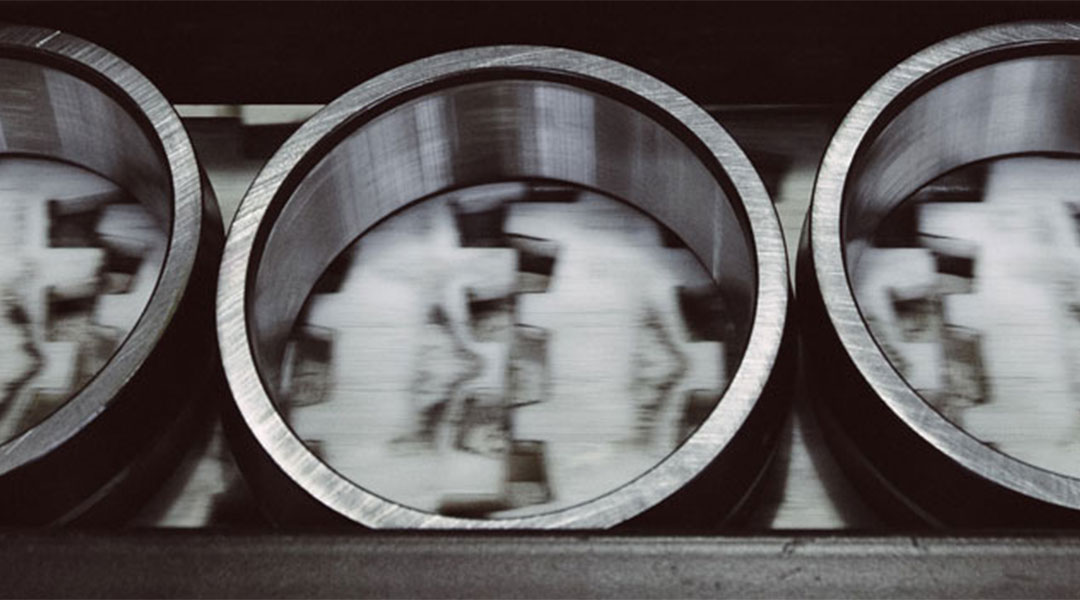news center
Angular contact ball bearing assembly way
2023-08-23
Angular contact ball bearing assembly way
According to the different end faces of assembled bearings approaching each other under the action of preload, there are three arrangement and combinations of angular contact ball bearings assembled in pairs: back-to-back form, face-to-face form, tandem form.
1.Back to back form
Back to back matching angular contact ball bearings form also known as O type or DB group, bearing load line to bearing axis separate. This configuration for the two bearings outer ring wide end face matching, it can withstand radial, axial by to load at the same time by the role of the joint load, also can withstand the role of two-way axial load, but each direction of the load can only be borne by a bearing. Back-to-back mounted bearings provide a relatively high rigidity bearing configuration, and can withstand tilting moments.
2.Face to face form
Face to face paired angular contact ball bearings form also known as X-type or DF group with, this configuration for the two bearings outer ring narrow end face matching, bearing load line to the bearing axis convergence, can withstand the role of the two upward axial load, but each direction of the load can only be borne by a bearing, the system rigidity is low. This configuration is not as high as the back-to-back mating rigidity, and is not very suitable for bearing tilting moment.
3.Tandem form
Tandem paired angular contact ball bearing form also known as T-type or DT group with, this configuration for the two bearing outer ring of the wide end face and narrow end face matching, bearing load line parallel, radial and axial load by the bearing uniform sharing, but the bearing group can only withstand the axial load acting in one direction. If the axial load acts in the opposite direction, or if there is a composite load, it is necessary to add a third bearing that is regulated relative to the tandem paired bearings. This configuration is also possible with three or more bearings in series at the same support, but can only withstand axial loads in a single direction. Usually, in order to equalize and limit the axial displacement of the shaft, the other support needs to be fitted with a bearing that can withstand axial loads in the other direction.







